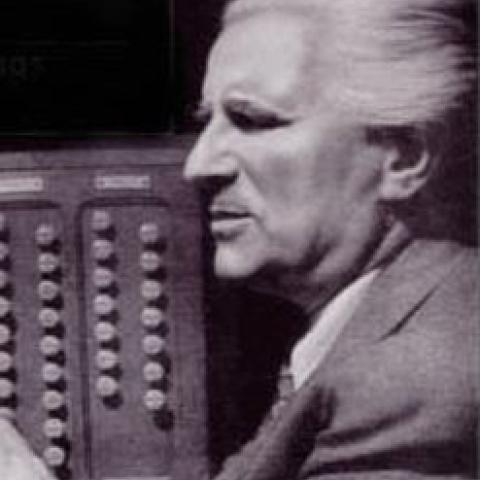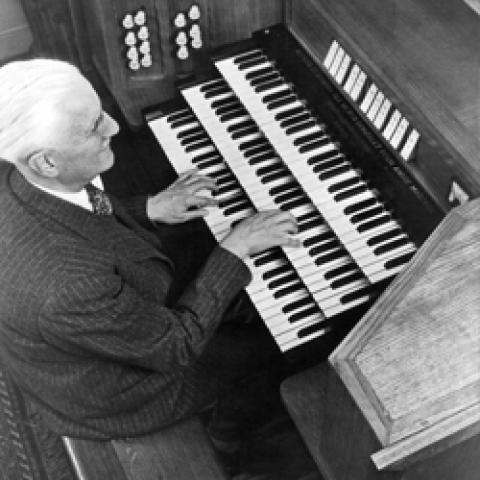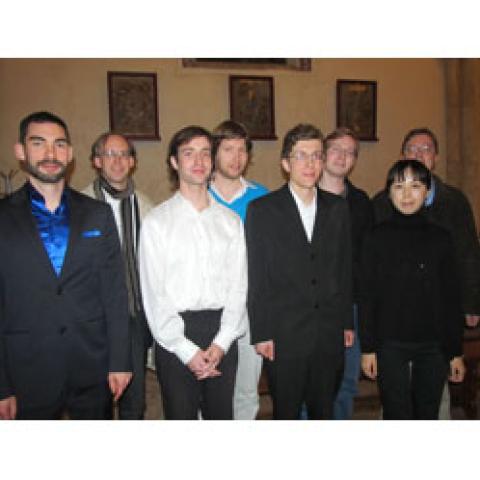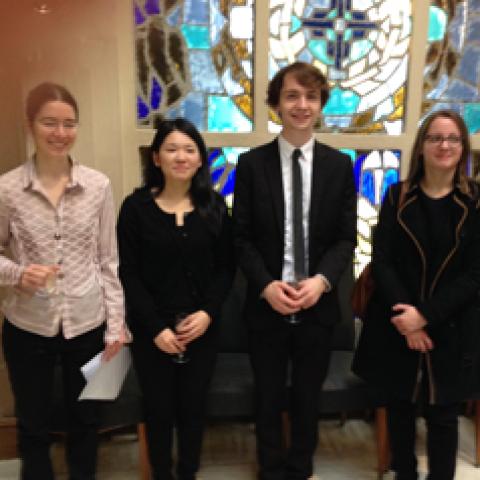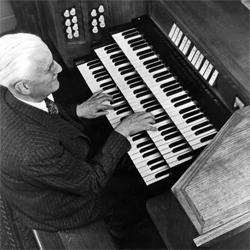
The Académie André Marchal and the Association Gaston Litaize are sponsoring an international organ competition in interpretation, October 24–28, in Paris, France.
Louis Robilliard will chair the jury of international members.
Awards are: grand prize of €3,000; second prize, €1,000; three special prizes, €1,000 each; and the Gaston Litaize Prize.
Applications will be received April 18–July 8. For more information: www.academieandremarchal.org.

